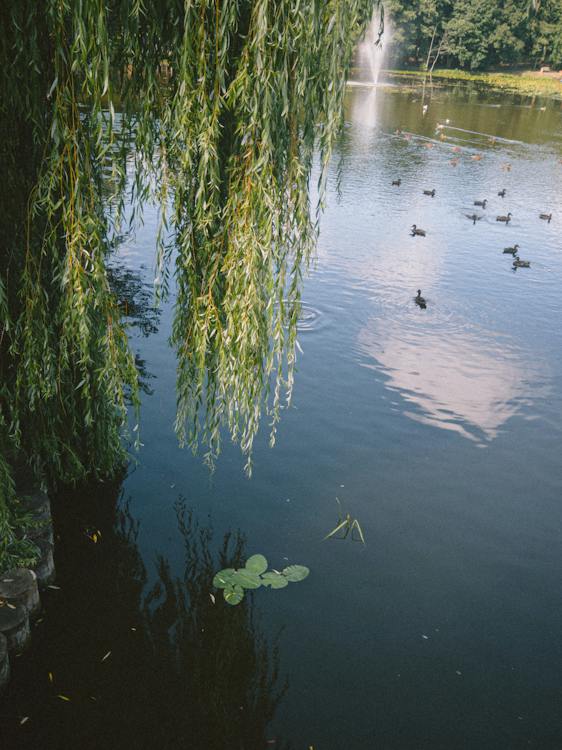Dora Pond is an example of winter ponds (or winter pools) – special nature habitats that are unique to the climate in Israel. These small water bodies are filled in the winter and completely dried out in the heavy summer. The water organisms living in this habitat have adjusted to survive in the long hot and dry summer. Winter ponds or winter pools are considered nature reserves that last only for a season, and almost all of them are found on outskirts of the big cities.
Winter ponds or winter pools are large — some of them even resembling small lakes.
Dora Pond is one of the few ponds that survived the accelerated urbanization of the Israeli coastal line and is located in the southern part of Netanya. The pond is a residue of swamps and wetlands that used to be very plentiful in the Israeli Coastal Plain before the start of the large-scale demographic developments during the 19th century. During the 20th century, the wetlands were extensively to expand urban, agricultural, and industrial land resources.
Like its neighbor in Herzliya, Dora Pond is well preserved thanks to environmental activists who have pushed the municipalities to maintain a public park for the local population. Places such as Dora Pond preserve birds and plants as well as the pond water habitat.
Every winter, the pond is filled with water that reaches somewhere from 30 to 80 centimeters (about up to two feet) deep, allowing vegetation growth, which withers by summer time. It is one of the last winter ponds in Israel.
While the area around the pool (300 acres) has been declared a nature reserve, unfortunately it is still in danger because of the construction that surrounds the reserve which may prevent water drainage into the pond.
Getting to Dora Pond
Drive on Route No. 2 (Coast Freeway) from Tel Aviv northbound.
At Poleg junction (with road #553), turn left (to the west) and then drive about 2 km until you see the park on your right.
Here are some pictures of the Dora Pond:
